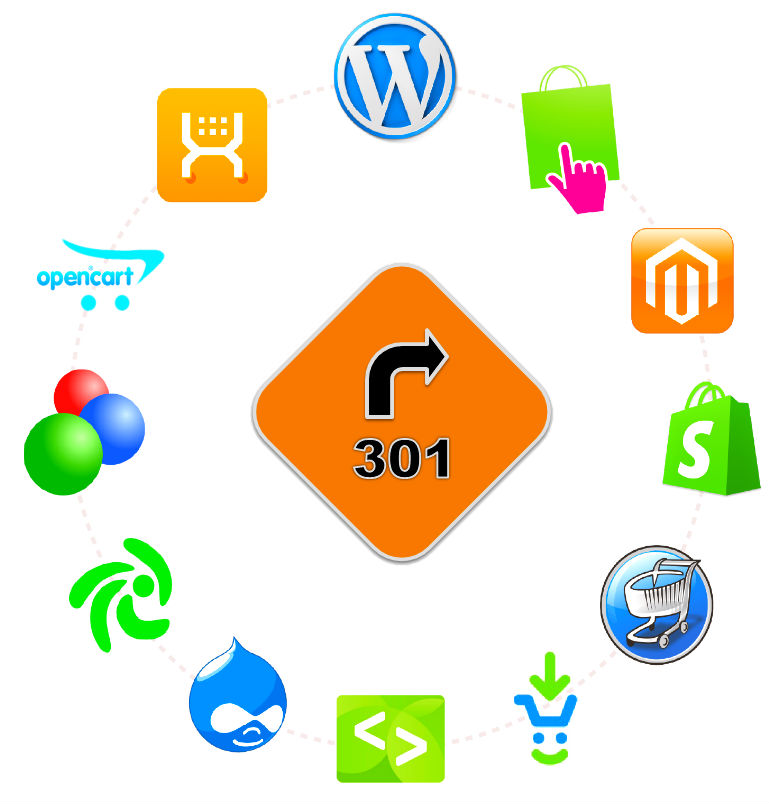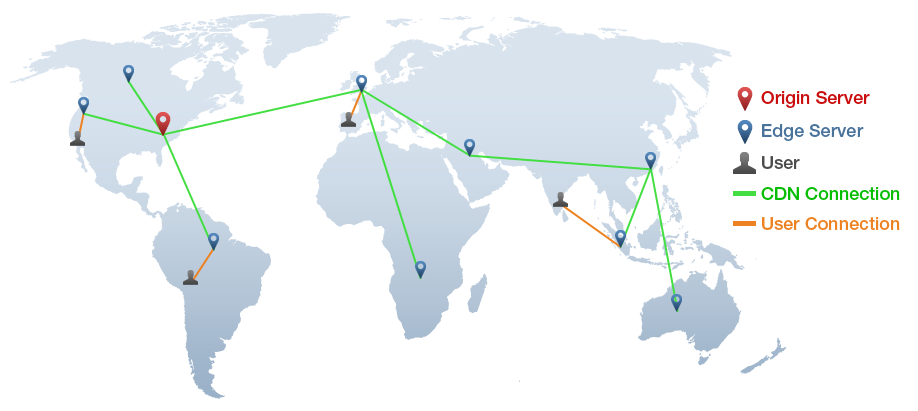
There are many reasons why you might need to use redirection for your E-Commerce website. Let’s assume that you decided to move your store to a new domain, but you are afraid that you might lose your traffic and your hardly acquired search engine ranks. Or, you could have several URL’s allowing users to reach your website in various ways, like, for instance, http://website.com/home, http://website.com, http://home.website.com. In this case, you might want to become more selective and choose one to be your primary URL. Or, you could have several websites which you might want to merge into one comprehensive website and you could need to find a way to safely redirect your old links to different URLs. All these issues can be easily solved by using one of the most proven SEO tactics that is still actively adopted by numerous E-Commerce businesses, and it’s called 301 redirect. We included everything you need to know about 301 redirect and its SEO profits in our ultimate guide. Please note that the following DIY SEO guide is aimed at various E-Commerce platforms, so you can easily leverage the power of the Magento 301 redirect by reading the following information.
Continue Reading








